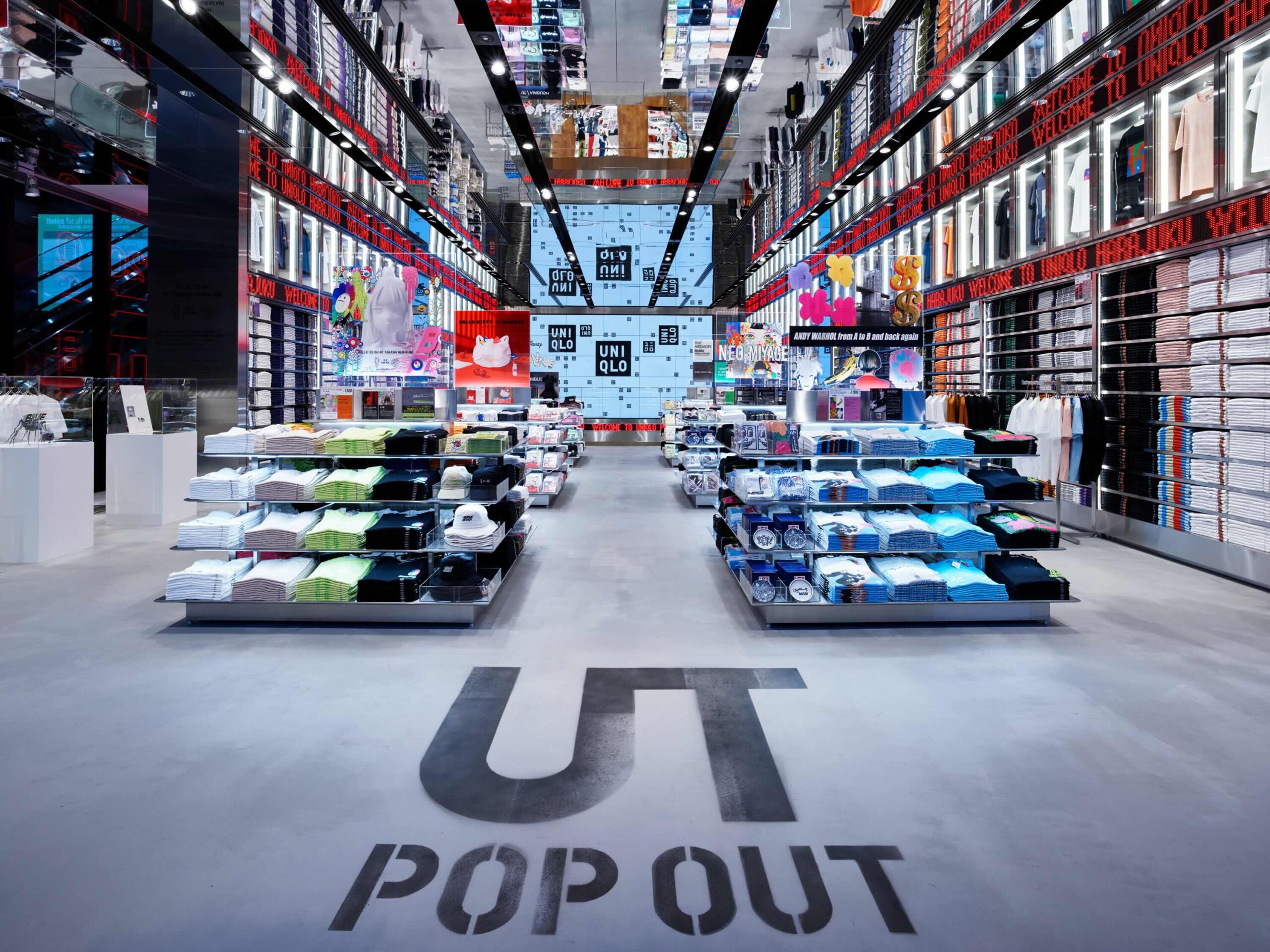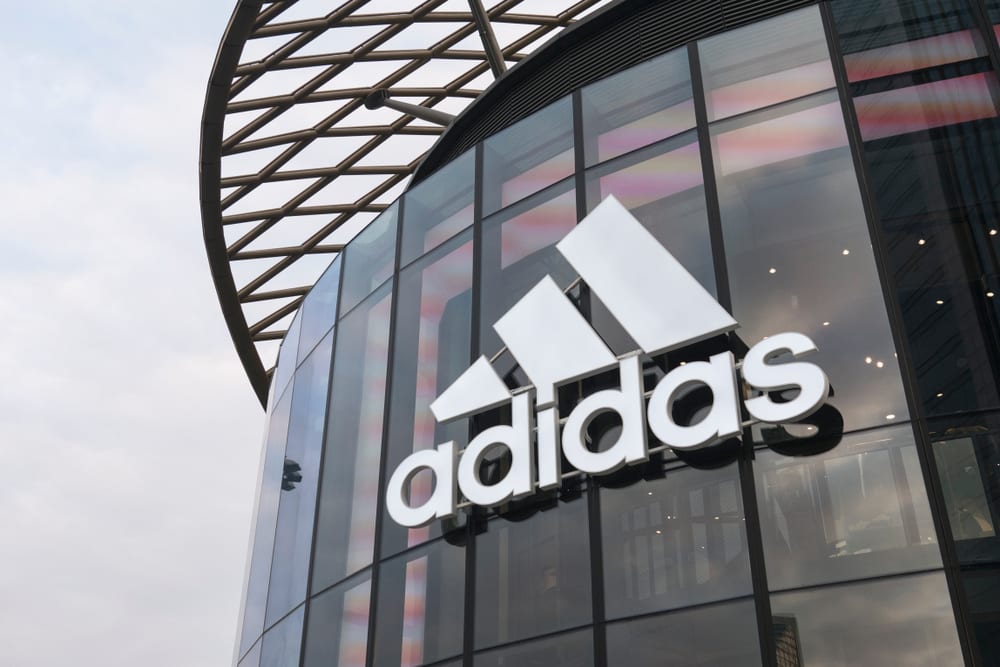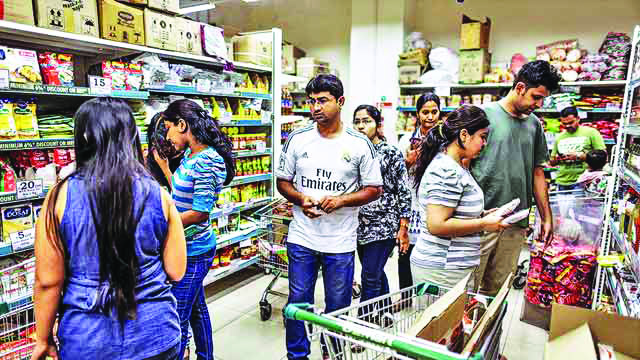As the coronavirus pandemic shuttered many of its locations and caused a decline in foot traffic to stores, Adidas AG recorded major losses in the second quarter.
For the three months ended June 30, the sportswear giant incurred a net loss of 306 million euros at current exchange, compared with the prior year’s income of 462 million euros. It logged a loss of 1.45 euros per share versus earnings per share of 2.33 euros last year. Revenues dropped 35% to 3.58 billion euros.
During the quarter, sales through the company’s own e-commerce platform increased 93%. (Online sales account for more than one-third of Adidas’ total business.) While sales at its namesake brand fell 33% in the second quarter, Reebok revenues were down 42%.
In a statement, its CEO Kasper Rorsted said, “The past quarter brought unprecedented challenges for our business as large parts of the world were in lockdown. We addressed the challenges and went after opportunities, as reflected in our e-com business nearly doubling in Q2. We are now seeing the light at the end of the tunnel as the normalization in the physical business continues, with the vast majority of our stores being operational again.”
In April, almost all Adidas stores outside of the Asia-Pacific region — or more than 70% of the company’s global store fleet — were closed. Adidas began executing its store reopening plan in May, resulting in 83% of all its units being operational at the end of June, albeit with reduced hours.
Although store traffic remains below last year’s levels, Adidas reported an improvement in conversion rates. It also doubled down on its digital business during the quarter, leading to a triple-digit acceleration in its global e-commerce sales for the months of April and May. Today, about 92% of the athletic firm’s brick-and-mortar outposts have reopened to the public.
“From everything we know today, our recovery will continue in Q3. Where we are open for business, be it in physical stores or in the digital space, consumer demand for our products is high. This is a solid foundation to build on as the long-term growth prospects for the industry have become even more promising,” Rorsted added.













